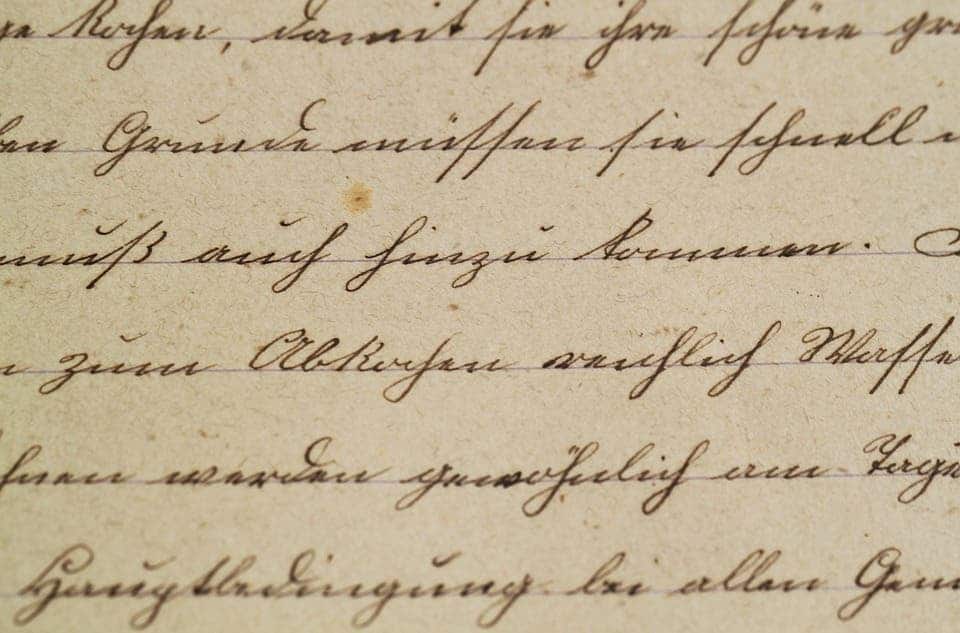New research in Tunisia is teaching computers how to read your handwriting.

Researchers at the University of Sfax in Tunisia have developed a new method for computers to recognize handwritten characters and symbols in online scripts. The technique has already achieved ‘remarkable performance’ on texts written in the Latin and Arabic alphabets.
iRead
“Our paper handles the problem of online handwritten script recognition based on an extraction features system and deep approach system for sequence classification,” the researchers wrote in their paper. “We used an existent method combined with new classifiers in order to attain a flexible system.”
Handwriting recognition systems are, unsurprisingly, computer tools designed to recognize characters and hand-written symbols in a similar way to our brains. They’re similar in form and function with the neural networks that we’ve designed for image classification, face recognition, and natural language processing (NLP).
As humans, we innately begin developing the ability to understand different types of handwriting in our youth. This ability revolves around the identification and understanding of specific characters, both individually and when grouped together, the team explains. Several attempts have been made to replicate this ability in a computer over the last decade in a bid to enable more advanced and automatic analyses of handwritten texts.
The new paper presents two systems based on deep neural networks: an online handwriting segmentation and recognition system that uses a long short-term memory network (OnHSR-LSTM) and an online handwriting recognition system composed of a convolutional long short-term memory network (OnHR-covLSTM).
The first is based on the theory that our own brains work to transform language from the graphical marks on a piece of paper into symbolic representations. This OnHSR-LSTM works by detecting common properties of symbols or characters and then arranging them according to specific perceptual laws, for instance, based on proximity, similarity, etc. Essentially, it breaks down the script into a series of strokes, that is then turned into code, which is what the program actually ‘reads’.
“Finally, [the model] attempts to build a representation of the handwritten form based on the assumption that the perception of form is the identification of basic features that are arranged until we identify an object,” the researchers explained in their paper.
“Therefore, the representation of handwriting is a combination of primitive strokes. Handwriting is a sequence of basic codes that are grouped together to define a character or a shape.”
The second system, the convolutional long short-term memory network, is trained to predict both characters and words based on what it read. It is particularly well-suited for processing and classification of long sequences of characters and symbols.
Both neural networks were trained then evaluated using five different databases of handwritten scripts in the Arabic and Latin alphabets. Both systems achieved recognition rates of over 98%, which is ‘remarkable’ according to the team. Both systems, they explained, performed similarly to human subjects at the task.
“We now plan to build on and test our proposed recognition systems on a large-scale database and other scripts,” the researchers wrote.
The paper “Neural architecture based on fuzzy perceptual representation for online multilingual handwriting recognition” has been published in the preprint server arXiv.


